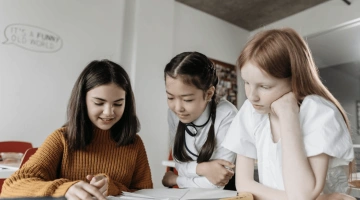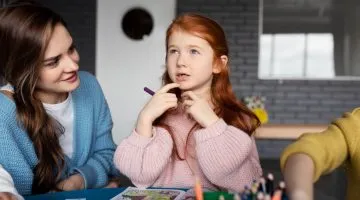Safe Learning Environment
Updated on January 14, 2024
The learning environment of students has an immense impact on their learning ability. Whether young or old, you will be affected by how they think if these learners are not in security because psychological influence is there. The following article entails strategies on how to create a safe environment for students in the classroom.
What Constitutes And Entails A Safe Learning Environment
Before delving into the ways to make your environment safer, let’s answer the question of what is a safe learning environment. A safe learning environment allows students to feel physically secure and equally safe. This space allows kids to interact unhindered by threats and violence and thrive in body, mind, and soul.
A physically safe classroom environment allows people to learn in an atmosphere of mutual respect. As such, students become familiar friends who can depend on each other and communicate politely with their peers and teachers, facilitating a smooth learning experience.
The Need For A Safe Learning Environment
It is also worth noting that a safe classroom environment allows students to concentrate and realize their academic objectives, nurture relationships between themselves and teachers, and attain elevated academic levels. Moreover, a high level of parental and community support towards addressing conflict and crime is also promoted.
Math & Reading Camp
Join us to help your kid achieve
their full math and reading potential!
 Apply now
Apply now
Ways Of Building A Safe Learning Environment
You should be intentional about creating a safe classroom environment for students to be appreciated and understood. The following strategies can help you on how to create a safe environment in the classroom:
Communication
Many safe environment examples have one thing in common — communication. Students should be made to collaborate and communicate as much as possible; it makes them feel comfortable and appreciated.
Assist them in learning how to speak in class and represent themselves and their friends. Teach kids how to ask for something respectfully and politely from their parents or adults who can help them.
It’s okay for people to disagree, so help your students learn how to disagree agreeably with someone. They should use respectful language during this process. Give children chances to talk about new items, enabling them to articulate their speech to others outside the class setting. Children should learn which conversation to join and which should be avoided.
Morning Meet And Greets
During working days, make sure to have daily morning meetings. It also plays a role on how to create a safe classroom environment. It is clear that teachers are usually quite occupied and hence cannot schedule meetings before lessons commence quickly. Nevertheless, be prudent and allow five to ten minutes for this meet and greet.
Initially, you can lead your learners in making a circle where each feels free to extend a greeting before the start of the class meeting. One way of ensuring safety is having morning meetings, as they assist in calming down student’s anxiety. They will teach trust, cooperation, and compassion in kids.
For instance, you can read an inspirational text motivating children to embrace the rest of their day. Every student is made to feel important by having a morning meeting. Once they know that, they will wait for every chance to learn in the classroom.
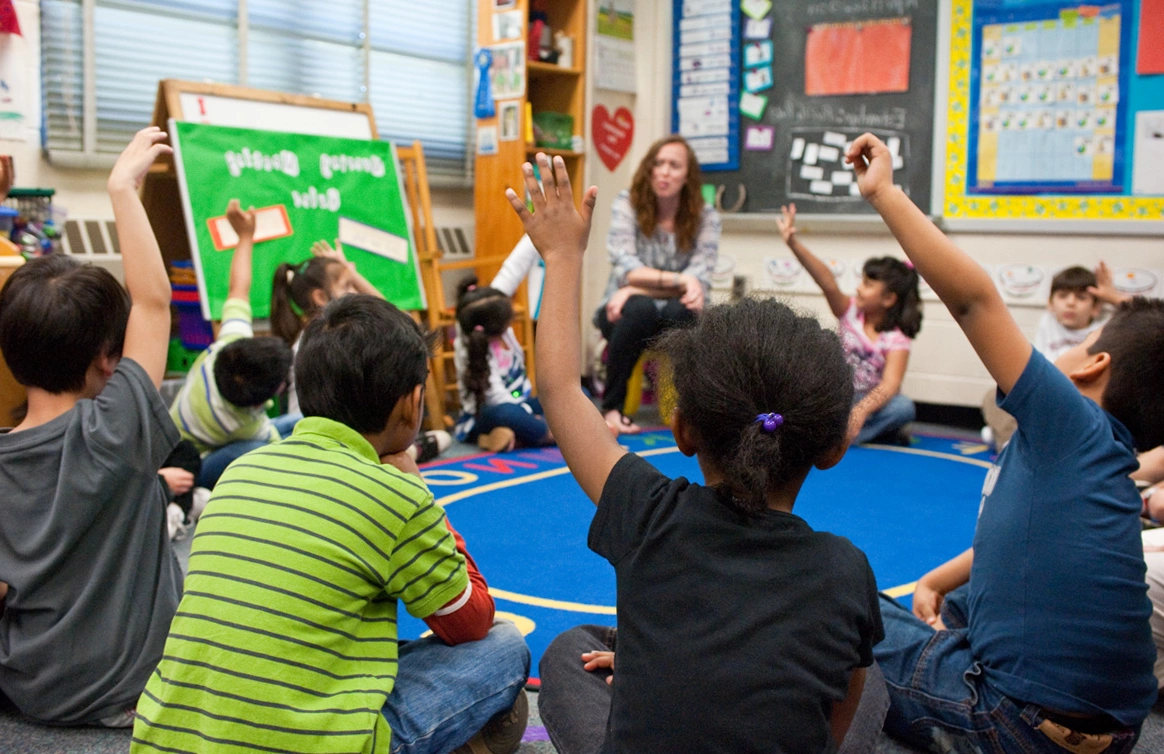
Some Alone-time In The Classroom
Create a safe learning environment for your students in which they will find their way around in their learning endeavors. Sometimes, however, students are involved in situations that can overwhelm them and make them emotional. When this happens, they must have a place to stay alone.
As you learn how to create safe learning environment for children, you will notice that they enjoy a bit of privacy. While some students may find it difficult to share personal information, others may not have any such fears at all. Therefore, let every student build their own space that others should respect.
Logical Consequences
Including cause-and-effect scenarios in your classroom is a big part of making it safe for learning. Teach students that there are consequences for each action or behavior. By understanding how to create a safe school environment, you can give your students the confidence to own up to their actions, even in adverse circumstances.
This could be of great assistance in having your students draw lessons from their mistakes. Another helpful tool is giving students rules concerning consequences, not just arbitrary punishment.
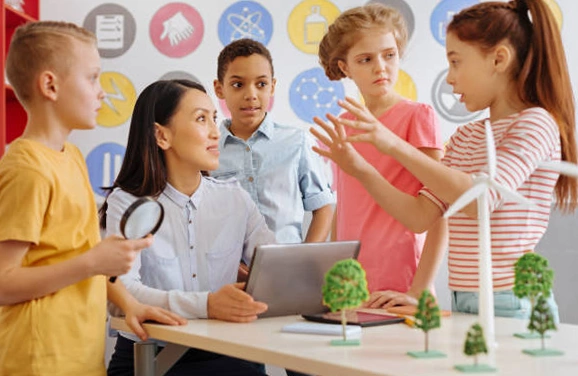
Positive Reinforcement
Asking for the correct answers is not all it takes to encourage a good attitude towards math. Another idea on how to establish safe and secure learning environment is this — learn to congratulate children for their effort, keeping a resilient mindset, and having good analytical skills.
You do this to create an atmosphere where children grasp that errors are an inseparable aspect of the learning process. Focus on the process of learning rather than just pointing out accurate answers. It develops one of the growth mindset principles, which teaches them how to surmount difficulties while learning math.
Furthermore, positive reinforcement can incorporate a reward system that acknowledges more than just excellence in academics but also other positive behaviors such as cooperation, helping other students, and being willing to work with complex issues. A holistic approach to positive reinforcement demonstrates that success in math cannot simply be based on answering questions correctly, but rather, many other factors come into play.
Interactive Learning
It entails ensuring that they engage in hands-on activities or games when teaching them mathematics to make the subject captivating and comprehensible. Manipulatives like blocks, counters, or even digital ones help understand these abstract ideas through tangible presentation. Interactive learning has advantages beyond offering a choice of learning style. It also enhances understanding of mathematical principles.
Games and other interactive activities can promote critical thinking, problem-solving, and collaboration. These tools range from board games to interactive applications that transform learning from static to enjoyable, fun activity. Unlike conventional mathematics learning, it breaks the bore surrounding such learning, provoking students’ curiosity and openness.
Real-World Applications
Math in real life is a compelling example that puts significance in it. Demonstrating real-life situations where the mathematical concepts learned are put into practice is critical as it helps improve students’ understanding. It improves their understanding and develops interest in mathematics because they quickly see how it affects their everyday lives.
You can use a mathematics drill to teach the students to follow recipes in the kitchen, measure distances during an experiment in science, and manage a pretend store. All use real-world applications.
Inclusive Environment
A fair math learning space recognizes and accepts students’ varied histories and competencies. Mathematics should not prioritize or restrict any gender, race, or culture. That way, all children can feel respected and considered equal.
It attempts to challenge any existing bias or wrong notion that only certain people can succeed in math. You also help remove biases and give students a feeling of being accepted by reminding them that math is meant for not just boys but everybody.
Collaborative Learning
Building a positive community spirit among the learners with collaboration in math classes also shows how to create a safe learning environment. Through group activities, peer discussions, and teamwork, students can get an idea about the subject, find solutions for a problem, and experience from each other.
In addition to improving social skills, collaboration introduces alternative points of view in problem-solving, leading to a deeper comprehension of mathematics. It also aids in boosting students’ confidence because they realize that it is not just them who encounter mathematical problems when working alongside other fellows.
Representation
Many aspects of the representation, such as the physical settings or resources provided, spoken language, etc., could affect the whole class. So, ensure you pay close attention to the linguistic choices you and your students make while in class and only implement representation matters within the context of your classroom. Whenever they communicate or write, they must use an inclusive language.
The holidays always observed by your students should also be included in your classroom calendar. Take care of how you choose all your textbooks, posters, and games to put in the classroom. Secondly, also include visuals that represent all of your students. They capture their daily experiences in which they will see themselves in all aspects of a day.
Create a safe and secure learning environment that fosters a sense of belonging among all your learners, ensuring they are comfortable while learning towards success in their studies.
Celebration of Students’ Achievements
Try to steal some moments to congratulate your students for what they did well in your class. Recognizing a child’s output increases their motivation in class, making them feel they are worth more. So, celebrate your students’ big and small achievements. Children will get self-confidence if we continue praising them for accomplishing small things.
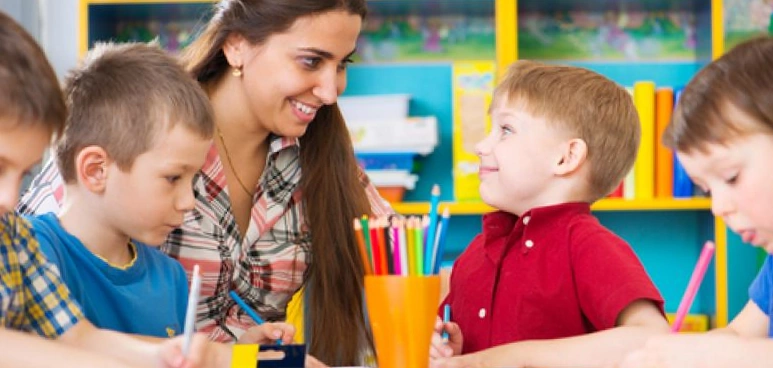
A judgment-free zone
A judgment-free zone is another significant consideration in creating a safe learning environment. Your students will focus mainly on learning instead of worrying about what their classmates think about them. Make out an icebreaker session where your students can freely interact and communicate to become conversant with each other.
Routines and Structures
Develop routines and structures of expectations so that students can learn and know what is demanded from them. Knowing how to make students feel safe in the classroom will make them adopt the correct learning structures. A well-designed classroom routine will allow learners to go about their day confidently in the classroom, as they are well-informed on what to do next after one activity finishes.
The kids also always know where they find things that they can use and never have to disturb their neighboring classmates when everything is put in the right place. As long as you have a routine that each of your students has internalized, then they will know how to manage themselves, will work hard, will be able to predict what comes next, and will eventually complete their assignments.
The absence of set rules and procedures for classroom work can lead to high levels of anxiety among learners. So, do away with them, allowing your students to concentrate only on their studies, not distracting worries.
Staying Calm
There can sometimes be moments when things become intense and tense around an institution of study. Students’ and even teachers’ opinions could differ, resulting in heated arguments. As a teacher, this is especially precarious as your students may be watching and learning to be hot-headed from you.
That is why, in such circumstances, you need to be able to cool down and settle peacefully without verbally or physically abusing anybody. Likewise, all the means of addressing student conflicts should also follow this rule. It will teach them to stay calm when things don’t go their way.
Conclusion
This article on safe learning environment examples has proven that it is essential for teachers to create conditions conducive to learning. Using physical tools, routines, and behavioral changes, teachers can notice the conditions that affect safe learning and react accordingly.
By evolving and improving their processes, each student’s journey through the four walls of educational institutions can remain safe, transformational, and illuminating.








